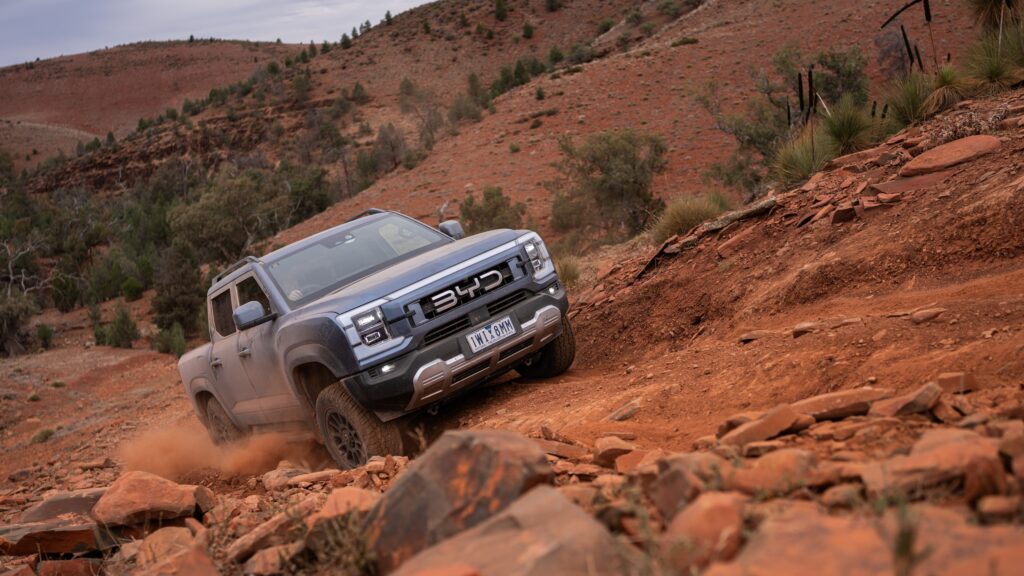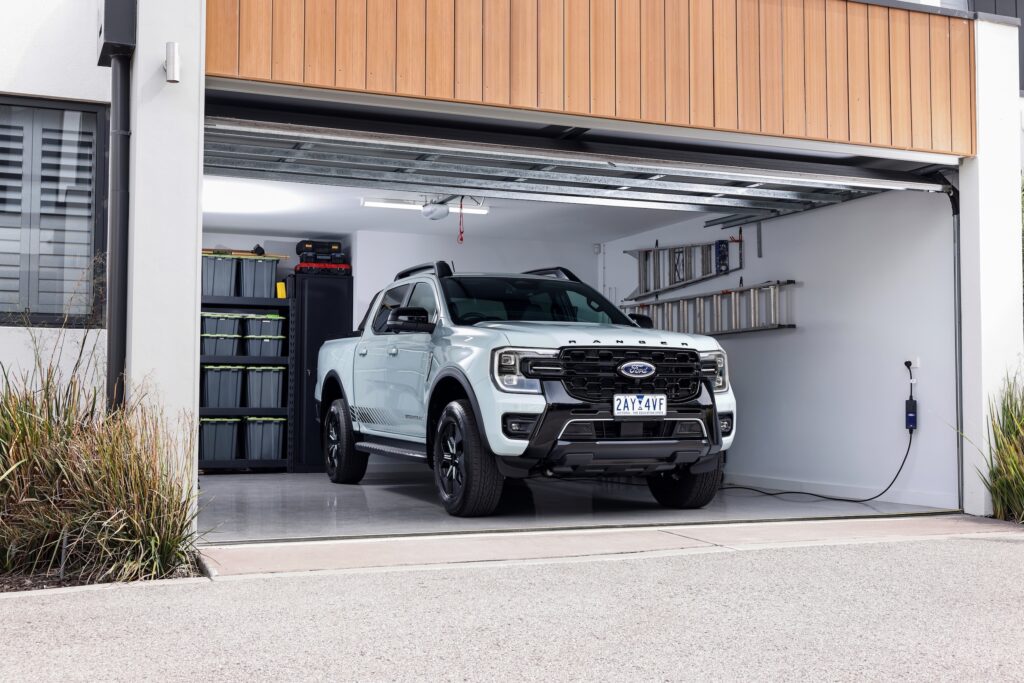Myth buster! Why the Ford Ranger PHEV proves DC fast charging isn’t necessary. In fact, the numbers show AC charging makes more sense
The Ford Ranger PHEV won’t be for everyone, but don’t go thinking its lack of DC fast charging ability is a negative.
Sure, the rival BYD Shark 6 and GWM Cannon Alpha PHEVs can be fast charged using those larger ultra rapid DC chargers, but that doesn’t mean you will want to use them.
Here’s why.
Yep, DC charging is faster, but in PHEVs it’s not that fast
DC charging is quicker because it doesn’t have to go through an inverter to switch from AC to DC power, the latter being how a battery stores energy.
READ MORE: Advantage China? Ford cautious on Ranger PHEV expansion as BYD and GWM plan faster plug-in roll-out
READ MORE: Look out BYD Shark 6 and GWM Cannon Alpha! Ford Ranger PHEV pricing and specifications announced
READ MORE: 2025 Ford Ranger PHEV Review: The best diesel dual cab ute is now plug-in petrol-electric
Instead it flows direct into the battery.
DC fast chargers in Australia can provide up to 350kW of power (there are more powerful ones on the way), but only if the car accepts 800V rather than the more common 400V (when charging at 400V the maximum is 175kW).
The fastest AC chargers are 22kW – and most cars will accept half of that, or less because that’s what their onboard charger is limited to.
The first cars to accept the full 350kW DC charge are the IM5 and IM6 you can now buy in MG showrooms (they take up to 392kW). Some Porsches and Audis will take 320kW while some Hyundais and Kias take about 240kW.
Most EVs take a lot less and most PHEVs a lot less again.
The Shark 6 only takes up to 55kW of DC electricity, for example.
A 30-80 percent charge – roughly 40km of real-world driving – takes about 25 minutes.
That’s not exactly fast.
The Cannon Alpha’s charging credentials are almost identical.
It’ll take up to 50kW of DC charge power and takes at best 26 minutes to charge from 30-80 percent.
Again, it’s hardly the tempter many owners will be looking for on a road trip – unless, of course, you’ve stopped for a bite.

If you want to charge to 100 percent you can add another 20 minutes or so, so bank on 45-50 minutes all-up.
Even then, you’re only looking at around 80km of range.
Again, hardly compelling if getting somewhere quickly is your goal.
DC fast charging doesn’t stack up for PHEVs
You pay for the convenience of fast charging.
A DC fast charge can cost many multiples more for electricity than you’re paying at home.
Essentially you’re paying for the hardware that delivers the electricity with so much power.
While the electricity is the same stuff delivered to your house, the infrastructure to make it happen is a lot more serious. It involves industrial grade cables and more powerful inverters. Often there are battery back-ups to deliver more power, because in many instances the electricity grid won’t be able to supply enough electricity.
Most ultra-rapid DC charges will cost something like 60-80 cents per kilowatt-hour. Some are even more expensive.
Charging the Shark’s 29.58kWh battery to get that 80km-odd EV range will cost something like $20.

The Cannon Alpha has a bigger battery (37.1kWh) and fractionally more range, so would be more like $25 to top up.
Either way, you’re looking at about $25-30 to go 100km when charging from an ultra rapid charger.
Those same utes will use something like 10-12 litres of petrol per 100km when driving as a hybrid (that is, once the battery has been depleted).
That would cost something like $20 – maybe a little more – to cover that same 100km.
So in that scenario you may be better off using petrol.
AC/DC: which is best?
Of course, there are some cheaper DC fast chargers and occasional deals (Ampol is running half price charging on Tuesdays this August), so there are certainly times when it can make sense to fast charge on a road trip.
For that, it’s obviously beneficial to have that DC charge port, as the Shark 6 and Cannon Alpha PHEV have.

And if you’d factored in a longer than usual stop then there’s no harm in plugging in.
Really, though, the biggest benefit for a PHEV is when you’re charging it at home on cheap electricity.
And the best way to exploit that is to plug in overnight every night. Then the only time you’ll be thinking about petrol and DC charging is on those long runs away from home.




